Everything you need to know about the Google Postmaster Tools v1 interface retirement
Published on October 15, 2025/Last edited on October 17, 2025/6 min read
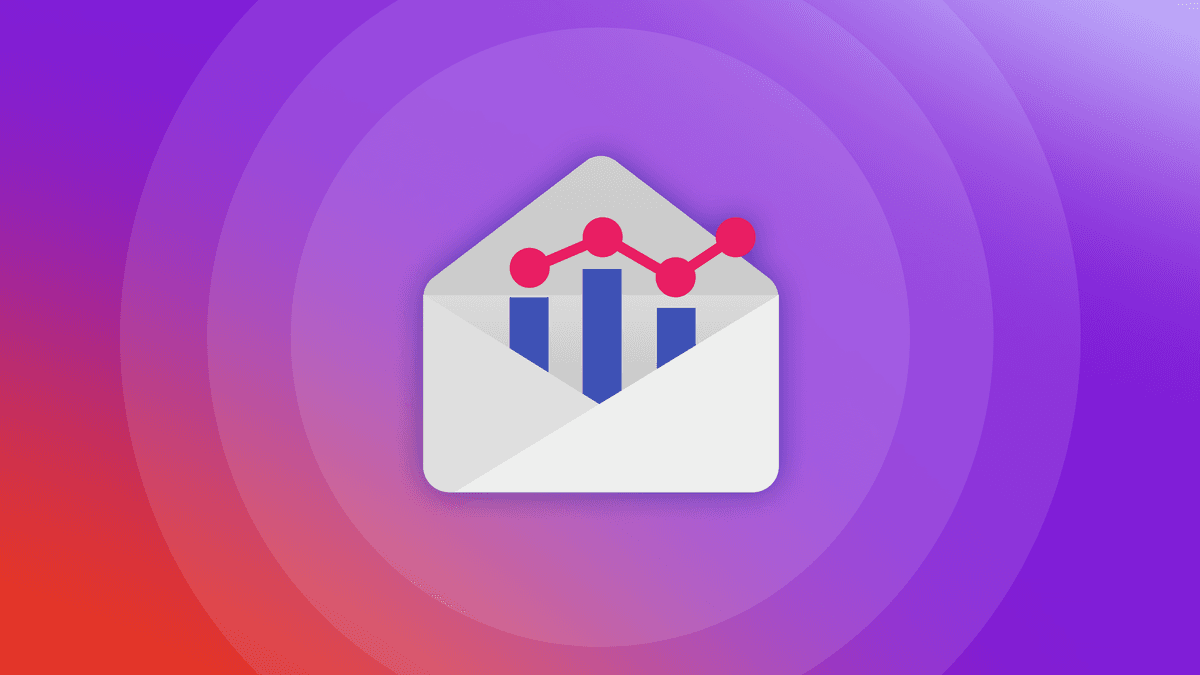
Eric Stelle
Email Deliverability Principal II, BrazeGoogle holds a prominent share of most audiences and is a significant force regarding the protections it offers its subscribers. This can complicate the warm-up process for new domains or IPs, as senders must demonstrate to Google that their mail is genuinely desired by the recipients it so earnestly protects.
Fortunately for senders, Google provides considerable digestible feedback through its Postmaster Tools site. Bulk senders serious about reaching a Gmail recipient’s primary inbox are likely already familiar with version one of this tool but, with the deployment of version two, there are changes even seasoned users should take note of. While not inherently negative, this represents a new reality that senders must adapt to for optimal efficiency within their Google audience. With minor adjustments, senders can continue to enjoy feedback from Google and leverage the additional data provided.
What’s changing?
While many familiar legacy dashboards remain, Google will be deploying a new Compliance Status dashboard. When fully deployed, v1 of the dashboards will no longer be available. The Braze Deliverability Center will eventually stop populating new data from the v1 dashboard once Gmail completes full deprecation. Instead, Braze intends to update our product with new insights from their Gmail’s new postmaster dashboard. Senders in excess of 5,000 messages in a 24-hour span are considered bulk senders and will benefit from the data this dashboard provides, including:
- SPF and DKIM authentication
- DNS records
- Message formatting
- Encryption
- User reported spam
- DMARC authentication
- One-click unsubscribe
- Honor-unsubscribe
Many requirements should already be familiar and incorporated into best practices but Google now provides their direct commentary on it, so senders can be confident in their compliance.
SPF and DKIM authentication
Authentication is a fundamental practice for senders but Google and Yahoo's joint February blog announcement signaled a change in their handling of unauthenticated mail. The dashboard will now display a 'Meets Requirement' status for authentication. If the domain in question is a subdomain, the compliance dashboard will also display the status of the top-level domain (designated as 'Primary domain'), which must also be properly authenticated.

Message formatting
Noted in the dashboard as 'From: header alignment,' this check ensures the sending domain aligns with the domain specified in the authentication section.

DMARC authentication
This entry validates that a well formed DMARC record exists. As of this article's publication, Google has not released guidance on its preferred policy; however, for your subscribers' benefit, we suggest using an actionable policy, with the strongest being the reject policy (or p=reject).

Encryption
This is a summary of the Encryption tab which still remains in dashboard v2. It represents the percentage of a sender’s mail that uses TLS encryption. This is likely a staple of your sending, as Google Sender Guidelines have required TLS for some time.

User reported spam
With the authentication requirements announcement came concrete guidance with respect to what Google’s expectation is, User Reported Spam should be less than 0.3% of mail received. Senders striving for optimal delivery should aim to reduce their user-reported spam rate even further by aligning with their audience’s expectations and recipient preferences, including (but not limited to): content, frequency, and relevance of sent mail.

DNS records
This section will check that your DNS records are set up forward and reverse. Forward meaning the domain name resolves to a corresponding IP address, and reverse meaning the IP address translates back to the associated domain name.

One-click unsubscribe
Google requires that senders always give recipients an easy way to unsubscribe from your messages. Allowing recipients to easily opt out improves send efficiency by empowering them to unsubscribe rather than complain due to a lack of other options. Empowering recipients also fosters a trust relationship that yields dividends in improved open rates, click-through rates, and send efficiency. Braze provides the means to include this header in all messages sent.

Honor-unsubscribe
Google requires that senders honor the recipient’s request to unsubscribe and remove their address within 48 hours. The Braze infrastructure is configured to receive and easily process these unsubscribe requests and these should be included on all mail including transactional mail. Excluding transactional email could result in a 'Needs work' indicator and hinder optimal mail placement.

Beyond the elements of the Compliance Dashboard, there has been a subtle change in the calculation of user reported spam which may cause senders to note a change in their User Reported Spam rates. With the implementation of the v2 dashboard, the calculation is based on mail delivered to the inbox and subsequently marked as spam. This can be a bit of a double edged change for senders. On the one hand, the rate is now a direct indicator of a recipient’s action and disposition towards mail that arrived. On the other hand, if Google’s filtering routes your mail to spam due to other best practice violations, that rate may appear aberrantly low (as mail placed in spam does not contribute to this calculation).
Finally, the Domain and IP Reputation dashboards from the deprecated version (now referred to as v1) will be retired completely. Reactions to this decision vary, ranging from lamenting the loss of the visually stimulating bar graphs provided by the IP Reputation Dashboard or the line graphs of the Domain Reputation Dashboard (both pictured below).
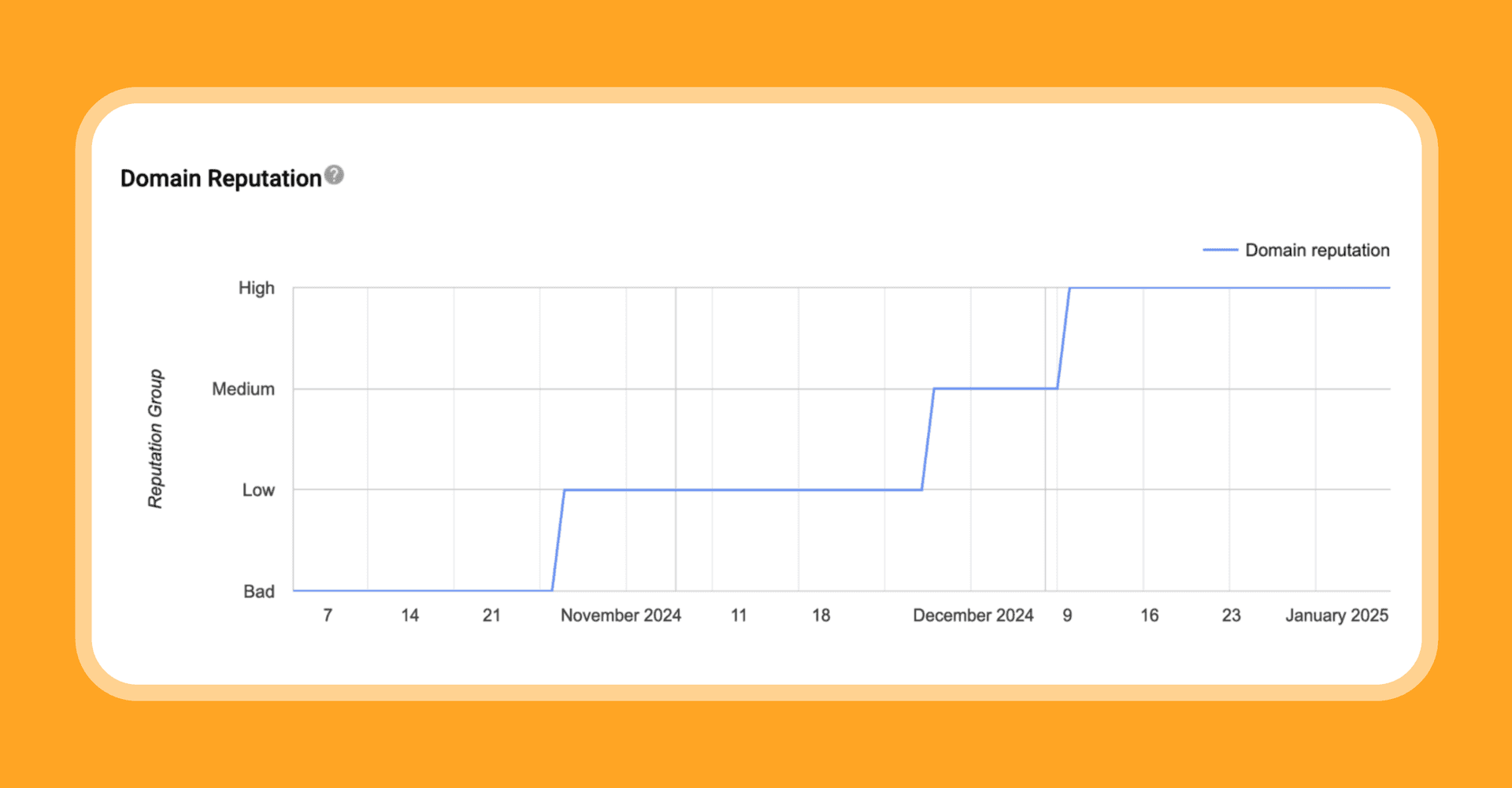
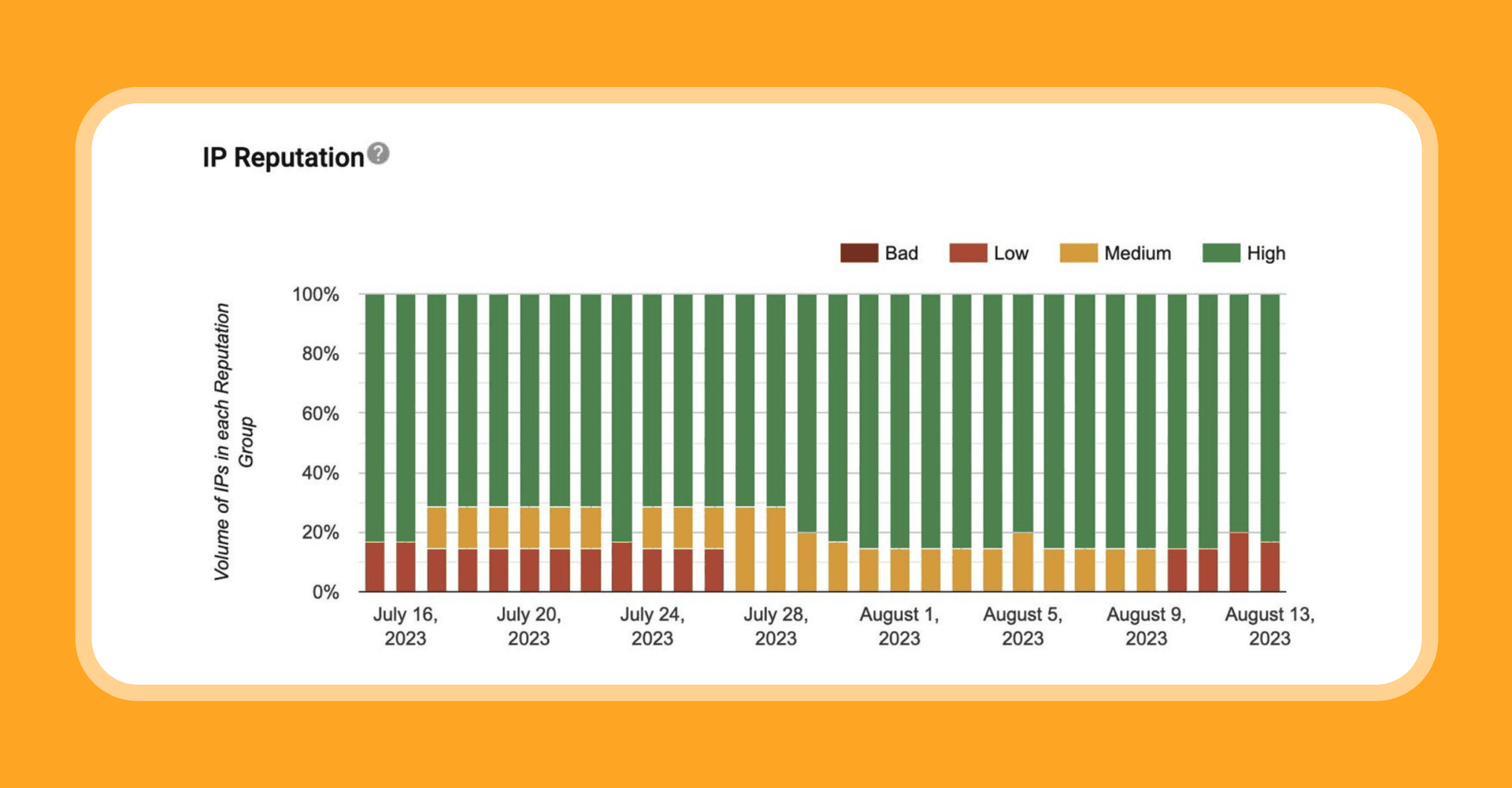
Review and interpretation of metrics have always been integral to achieving optimal placement at Google; however, with these visualizations removed, multidisciplinary approaches ingesting provider data will carry more weight than ever. The experts at Braze are well versed in interpreting these signals and can help guide your program to peak delivery with Google.
The needs of senders to obtain feedback on sends and have transparency with providers has always been a tightrope walk for providers. Providing too much data can make restrictions easier to circumvent (or to meet but not exceed). Fundamentally, one piece of unsolicited commercial email is too many. While some may view spam as a nuisance and a somewhat ubiquitous consequence that pales in comparison to the benefits of digital communication, at its extremes, spam harvests personally identifiable information for identity theft scams, financial fraud, or installs malware that can compromise vital systems society relies on.
This is why Google takes protecting its subscribers seriously and is secretive about exactly what it does to keep them safe. This is also why, as conscientious senders, the onus is on us to adhere to their guidance for best practices to avoid contributing to that problem. While the task may seem daunting, Braze Deliverability professionals are available to help decipher requirements, allowing marketers to remain focused on being absolutely engaging.
For more information check out our additional resources like our blog, previous webinars, lessons, and our Master Email Deliverability learning path. Should you prefer a more hands-on approach, Braze Deliverability Services are here to lend that helping hand.
Related Tags
Be Absolutely Engaging.™
Sign up for regular updates from Braze.
Related Content
View the Blog
Adapting to change: How startups can stay agile in a rapidly evolving market
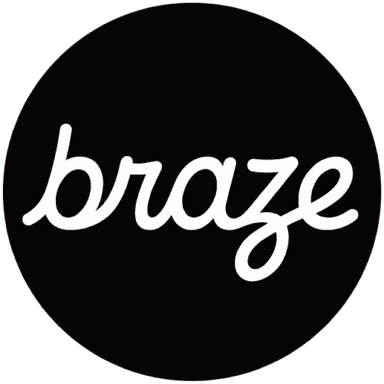
Team Braze

Digital body language: The startup growth multiplier

Team Braze
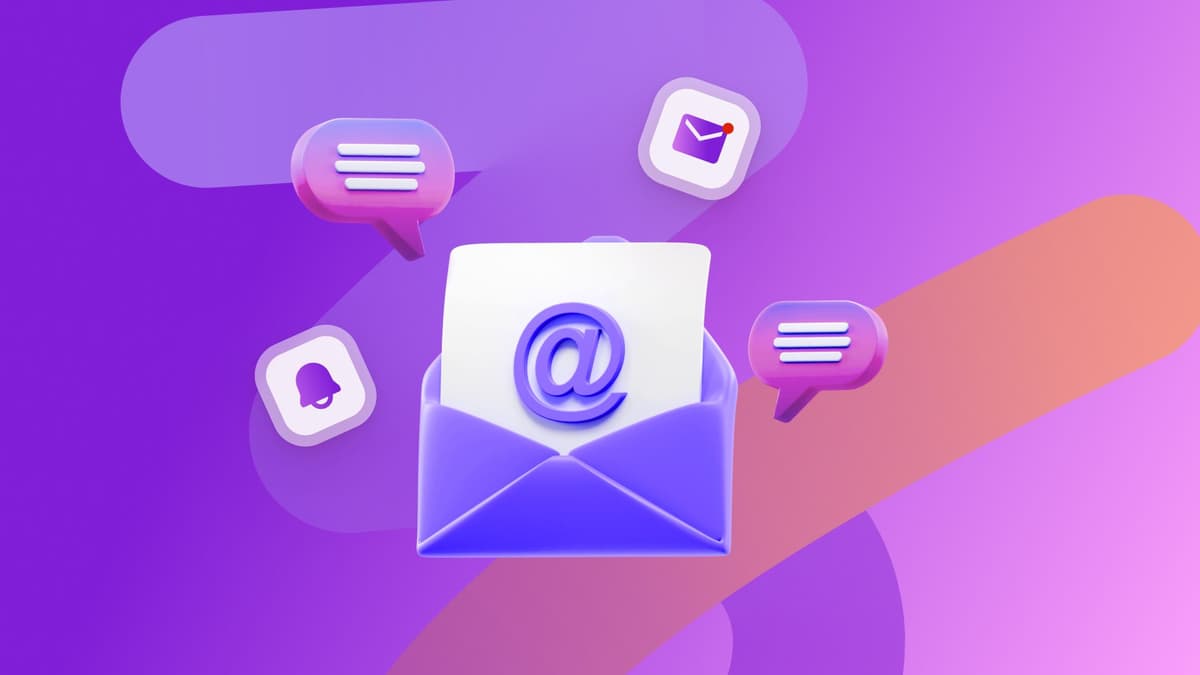
Understanding email open rates and how to improve them
